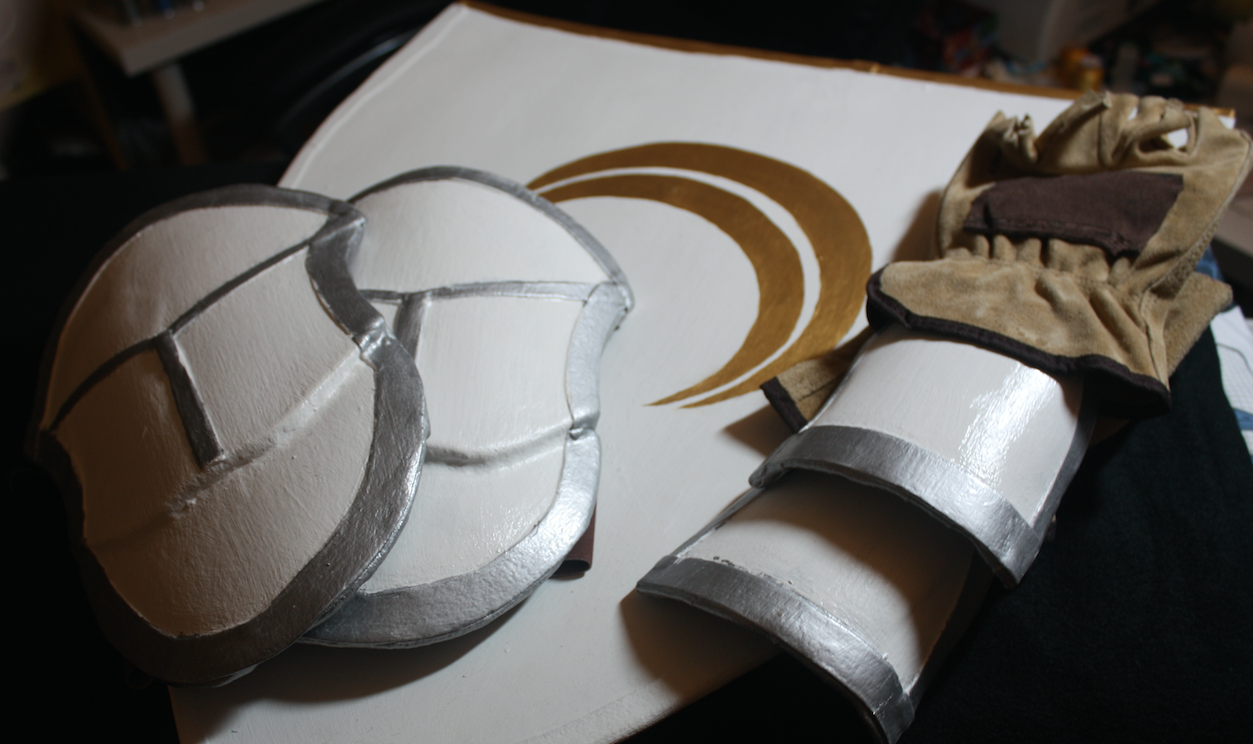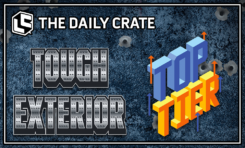When I’m not helping assist Looters day in and day out with our Customer Support team here at Loot Crate HQ, I spend time working on one of my favorite hobbies: cosplay. Otherwise known as costume play, cosplay is when you dress up as a character from any fandom of your choice for the likes of conventions, fandom outings, or maybe an everyday cosplay for a casual workplace. Cosplay can come in all forms, from the basic shirt and pants combinations to the intricately details armor builds that you would see at the likes of San Diego Comic-Con each year.
With a few cosplay projects under my belt, I thought it might be time to take on a more complex cosplay, complete with armor. I admit I was and still am a complete beginner when it comes to making cosplay armor, but I’m going to take you through some of the steps it takes to build a set armor that you can call your own!:
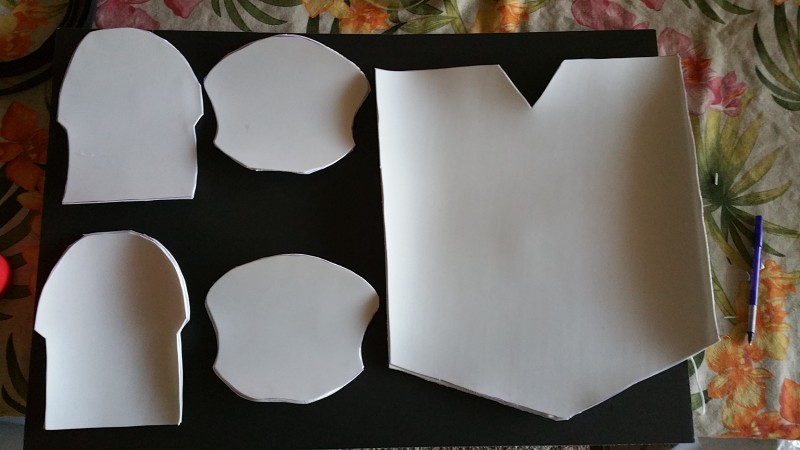
Cosplay armor, piece by piece (Photo by Robby Shuttleworth)
The exact things you’ll need to make a set of armor:
- Craft Foam
- Pencil
- Tracing Paper
- Scissors
- White Glue
- Exacto Knife/Sharp Blade
- Gesso
- Worbla
- Heat Gun
- Respirator
- Paint Brush
- Sandpaper
- Paint, in the necessary colors
Start making your armor by drawing out your pattern with the tracing paper and pencils. The shape of your armor really depends on what you are drawing your inspiration from, so there are endless possibilities. Once you have your armor pattern drawn and cut, it’s time to cut the craft foam. This is where the knife or blade mentioned earlier comes in.
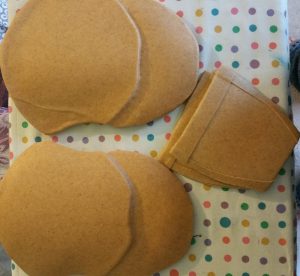
Foam pieces after having the Worbla heated and shaped. Photo by Robby Shuttleworth
You will want to find a surface that you do not want to cut up or ruin when doing this. A thick piece of cardboard is always a good start as you might have it around the home and in easy reach! When working with any sharp object, you want to make sure you are as safe as possible. Cut slowly along the lines drawn on the craft foam. Don’t be concerned about cutting the foam too slowly- slow and steady makes for better/cleaner edges for your pieces of foam. Clean edges will save you time in the long run!
Each of the pieces are made with two layers of craft foam, glued together with white glue. This gives the armor some more depth and more strength, which also helps in forming the armor into a specific shape later on in the process.
Once you have your foam pieces bonded together, it’s time to use Worbla! Now, what exactly is Worbla? It’s a thermoplastic material that you can use to shape and form your armor and is relatively easy to use for any skill level. There are two ways you can over the foam pieces with Worbla: the one-piece method or the sandwich method. I used the one-piece method, cutting and laying a piece of heated Worbla over the foam pieces.
Grab your heat gun and on the lowest setting, heat the Worbla that you have cut to cover the foam. You do not want to hold the heat too close to the material, as it can burn if heated at a close range. The material will get warm and malleable, which means it is ready to go over the foam. Press the Worbla into the foam with your fingers, pressing down into any curves or details. The Worbla will set to the foam and harden as it cools. While it cools, you will want to shape the foam, bending into the shape you need. Once it has cooled, you should have a set of Worbla-covered and shaped armor.
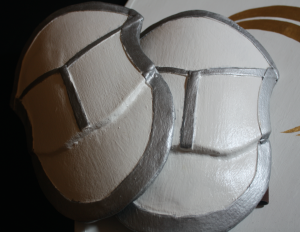
Painted and sealed shoulder armor. Photo by Robby Shuttleworth
Before jumping head first into painting the armor and adding details, it is important to seal the Worbla. In this case, I used Gesso. Add a layer to the armor and let it dry. Repeat the process 2-3 times, letting the Gesso dry completely each time.
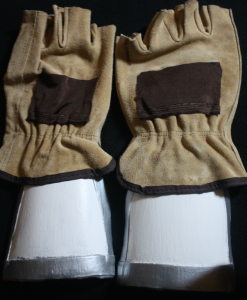
Wrist armor, set into gloves. Photo by Robby Shuttleworth
Once dried, you will want to sand down the armor with the sandpaper. Make sure you are in a well-ventilated location and are using the respirator, that way you don’t breathe in what you are sanding. Once you have a good smooth surface and edges on your armor, you’re set to start painting. Now’s the time to make your armor shine! Or look completely and utterly destroyed- the look is up to you. Pick your paints, pick any designs, and get to it! I luckily had a white and gray color scheme, so I got off easy this time. But don’t be afraid to let your imagination hold you back- the armor is yours after all! Once primed, painted, sealed and dried, make sure you take the time to admire the armor that you built with your own two hands!
